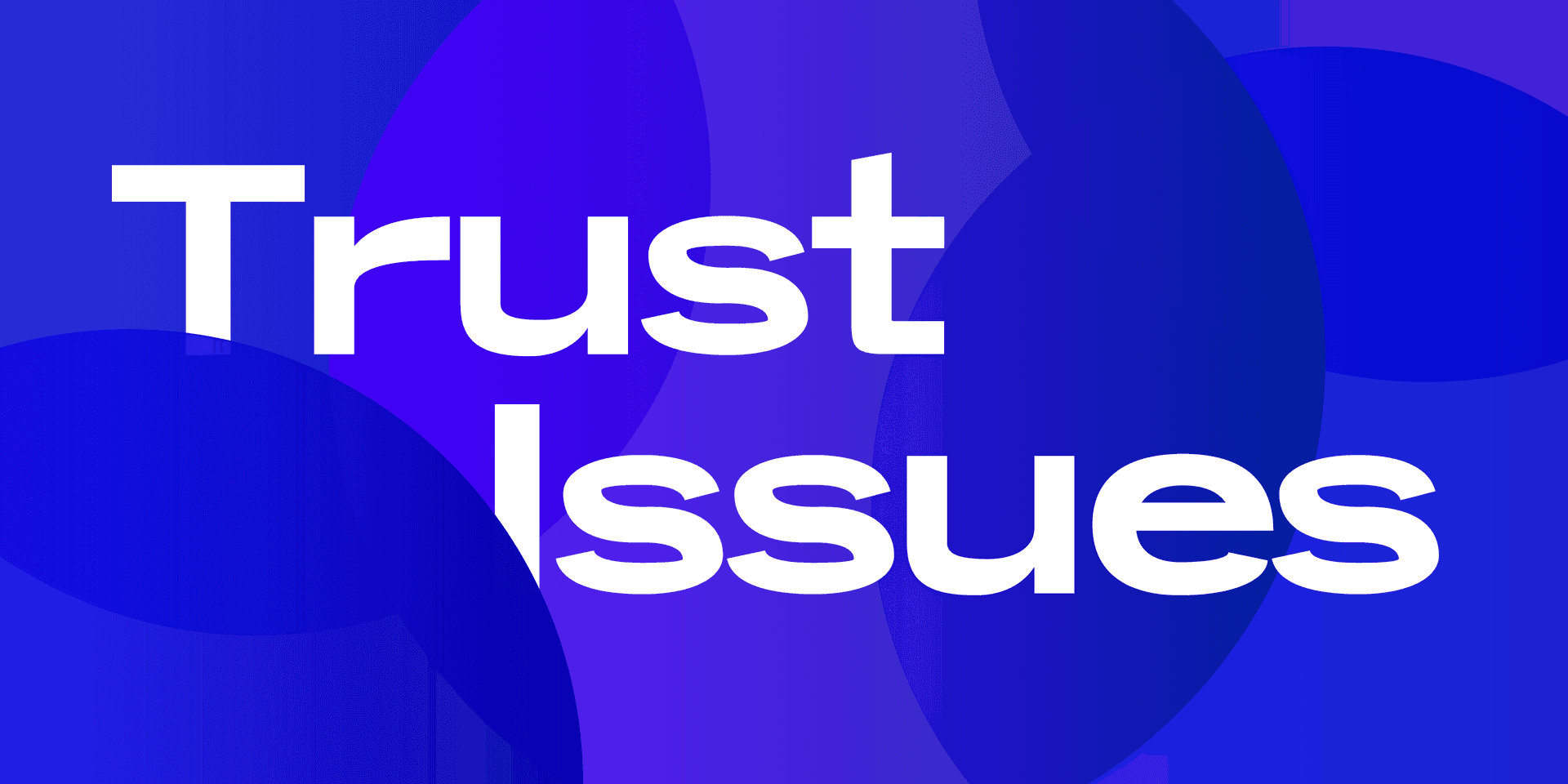Trust Issues #15: LinkedIn says they always include your name in emails, but it doesn't always happen

LinkedIn, the leading business networking service, improves email trust by including your name, company and role in all their emails, or so they try.
They understand that people don’t check sender addresses and links, so the idea is that if they include your name and your job title, you’ll know it’s a real email from LinkedIn (aside: this information is so easily gleaned that we wouldn’t rely on it).
With their marketing emails, their personal salutation fails. On multiple distant occasions, we received emails addressed to “Valued Member”, and no information on company or position. The “learn why we included this” link verges on sardonicism. It takes you to a LinkedIn page that explains why they include your details. It says:
In our messages to you, we include a security footer message with your name and professional headline to help you distinguish authentic LinkedIn emails from “phishing” email messages. “Phishing” emails often look very similar to legitimate ones, but they likely wouldn’t have this personalized information and may also contain links that direct you to malicious sites instead of LinkedIn.
By default, your professional headline in the security footer message consists of your current position and the company listed on your LinkedIn Profile. You may customize this professional headline at any time.
While the presence of this security footer message alone doesn’t guarantee that an email is legitimate, it gives you additional assurance that the email originated from LinkedIn. Most “phishing” attacks targeting large mailing lists won’t have this information. When in doubt, open a new browser window and go directly to LinkedIn·com to check your Inbox and verify the connection request or message. Fraudsters may use a practice called phishing to try to obtain your sensitive data such as usernames, passwords, and credit card information. Learn more about how to identify phishing.
If you suspect that you’ve received a “phishing” email impersonating LinkedIn, please forward the entire email to phishing@linkedin·com.
Seeing “Valued Member” is like poorly targeted phishing emails that try to improve their trust but don’t have much information on you. For LinkedIn, it’s worse including this salutation than nothing at all.
As LinkedIn sends emails with both your name and “Valued Member”, it weakens the mechanism they designed precisely to improve trust in official emails. It’s probably a simple mail merge failure, or that the marketing database doesn’t have personal details (GDPR?), but it has devastating consequences on trust — how can you trust one LinkedIn email from another?



